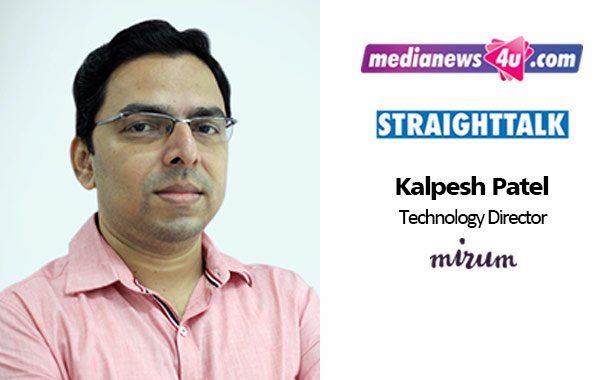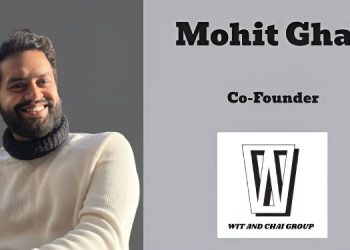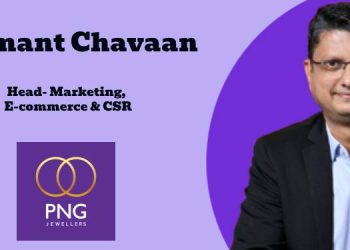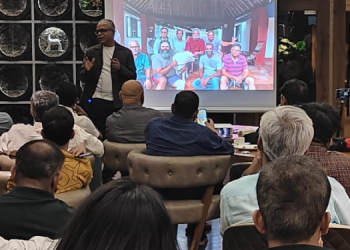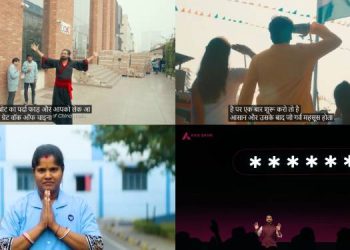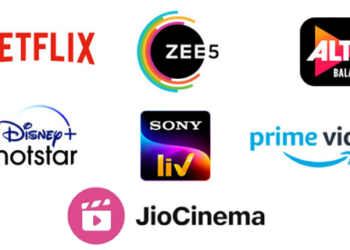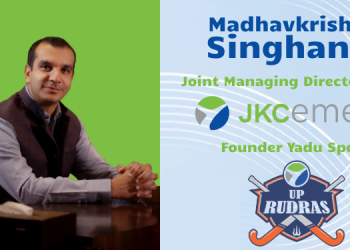Being the Technology Director at Mirum India, Kalpesh Patel brings over 23 years of rich experience across product and software services companies. He is the top boss at Mirum India when it comes to leading teams of software engineers, and has been instrumental at Mirum India in executing technology-oriented digital projects.
He was with Symphony Technology Services and Hungama Digital before joining Mirum India. Not only is he a great tech leader but he has also been responsible for the PnL of the technology department. He also participates in pre-sales activities to help generate new business.
In this Straight Talk Kalpesh talks about his journey, Mirum India’s Tech plans and the way forward.
Read on.
How has your journey with Mirum been? Would you like to highlight a few memorable moments from the same?
I joined Mirum India in January 2016 and it’s been a wonderful experience so far. The office culture is extremely employee friendly and the energy on the floor is quite palpable. Recently Mirum has also been certified as a ‘Great Place to Work’ and it’s truly well deserved.
During the journey across the last few years, there have been many exciting times which I remember quite vividly. Winning our first international technology business, launching a high traffic portal and watching the traffic zoom up to a million pageviews very soon after launch and winning a global pitch to a large client at London.
How does technology at Mirum play an important role in providing business solutions the digital way to clients?
While there are various mediums for the brands to reach out to consumers, technology allows them to gain a lot of business insights to this userbase and achieve a one to one channel of conversations with them. Sitecore and Adobe content management platforms, for examples, allows very granular personalization thus allowing to create extremely customized user journeys for each individual user on your website based on his/her interests. You can now structure your messaging based on which user is visiting your website. That’s an extremely efficient way to achieve conversions.
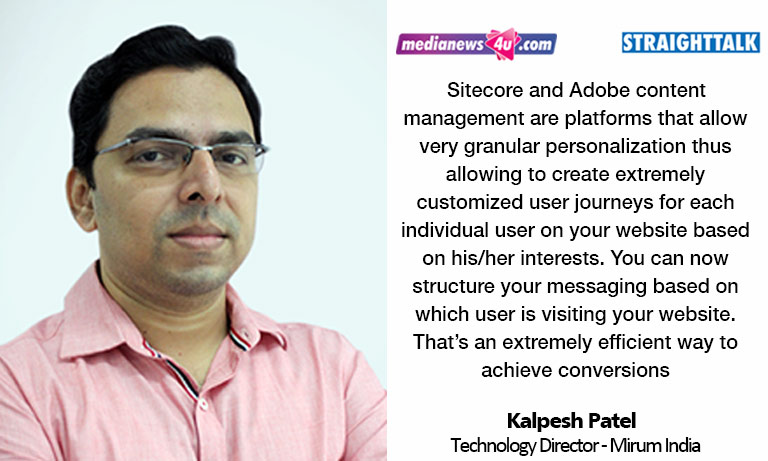
UI and UX are the new technology buzz words. Why do you feel are they the need of the hour?
While UI is a subjective matter and can have multiple right answers, user experience (UX) is definitely an evolved science. There’s definitely a lot of rational processes behind the user experience journey that a brand may undertake. Brands spend a lot of money on media to get the user to visit their website or use their app, but what about the experience after that? You definitely want the user to stay and enjoy the journey so much that he’s enticed to come back again and potentially turn into a lead or a sale. Instead of getting 100 users to visit your site and then possibly having just 1 user stay and browse around, what if you had the opportunity to get just 50 users to your site and then have a conversion of around 20% on that. It would mean you’re now having 10 users stay back on your site and turn into potential customers. This is possible with a great user focused UX process. Without the UX process, a brand is just a glitzy billboard in the world’s most accessible supermarket.
Can you share some challenges that you have faced while implementing any sort of new technology or new systems at any point in your career at Mirum or any of your previous organizations? Kindly share an example of the same
As someone involved in the technology vertical in a digital agency, you have two avenues of implementing technology solutions. One is for brands who are your end clients and the other is your own agency itself where, company is your end client. In my past, I have faced certain challenges, albeit different kinds, in both these situations.
Typically coming to brands, it’s always a matter of suggesting the right solution to them. Take for example brands wanting a web content management system. Most of the brands already have a product shortlisted without having their requirements evaluated. This may be because of various reasons, each stranger than the next one! It may be because the WCM Company has approached them with a ‘we-are-the-best’ presentation or at times because some CMO has already purchased licenses of the product in the past. Typically most agencies would treat this as a starting point and design a solution around the product. This brings up a very common situation where with a hammer, every problem appears to be a nail. One would then try and force fit the requirements into the product’s features rather than the other way around.
We strongly recommend going through a discovery phase of what the brand wants to achieve before identifying the solution which fits best. Some WCM are just overkill for what the brands want to achieve and unless they have a long roadmap ahead, does not make sense commercially. We currently have experience and skills around WCM like Drupal/Acquia Cloud, Sitecore, Adobe Experience Manager. With these kind of WCM platforms, we’re able to recommend a solution to almost all requirements.
Which are your favorite projects done by Mirum where technology played a key role with your contribution, of course — something that is very close to you, personally?
In the past, we have done the portal for the Global Citizen event which happened in India. This was an event where tickets for a Coldplay concert were to be distributed for free from a web based platform. The tickets would be provided to users who would do various tasks on social media platforms and thus collect points during this process. The challenge was two-fold – avoiding people trying to game the system for garnering free points and handling the large amount of traffic while keeping the website extremely responsive and fast. We achieved to implement security and performance at scale using technology. The website was based on Django platform and we used AWS services for implementing scale. This enabled us to dynamically scale to manage heavy traffic without impacting performance at all. This was definitely something very close to heart. Watching the live dashboard with the number of users rising while the server load was still in green was absolutely exhilarating.
While the ecosystem keeps changing and evolving, what are you doing at Mirum to keep up changing pace of the business environment?
At Mirum, we have designed some internal learning mechanism to ensure that our teams are always upgrading and researching new technologies. We have formalized knowledge sharing sessions and also provide personal project time to all the technology team so that they can take up pet projects and turn it into various solutions. This is where most of the new technologies gets discovered and demonstrated e.g. Alexa skills, IOT solutions via Raspberry Pi, etc.
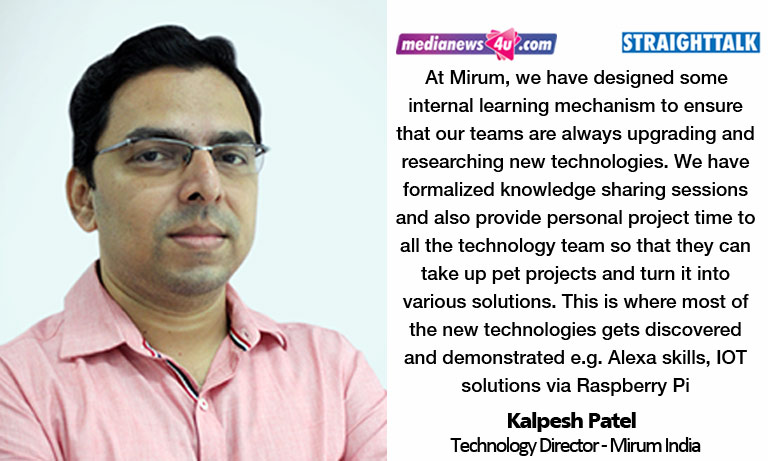
What is the ideal UX workflow? Could you simplify it for readers who don’t belong to the technology space?
A structured UX workflow starts with a detailed discovery of what the business wants and what the users actually need. Mapping these two is one of the key tenets of the discovery phase. Many times we find that brands are more focused on what they want to say rather than what the consumers want to hear. Once we have the discovery phase complete, we are in a position to know who exactly is our target audience and what do they want out of the website or the app.
This enables us to now chart custom journeys for the various types of users/personas who may use our platform. Post the journeys, we move into the actual wireframe stage to give a structure to what we’re trying to achieve. There are many internal validation phases e.g. card sorting, affinity maps, heuristic evaluation, diary studies, rainbow mapping, etc. which are quite technical in nature (from a UX point of view). The most important phase would be the user validation where whatever prototype we create using our wireframes is tested with a set of end users in a structure manner. This actually gives us a confirmation whether whatever we’ve created is something which is based on the sweet spot of what the users need and what the brands want to communicate to that specific user.
Any technology trends that you may have spotted?
If we look at where technology is heading, we can definitely see a trend where it’s not just helping brands create great customer experiences but also leverage the same experience to create more monetization opportunities for the brand. We recently executed a project for a large US based retailer having multitude of stores across the country. They wanted a platform which allows their internal users to share knowledge, merchandise expertise and helpful tips on how to sell. The key objectives of the platform was – “Making the service experience more tangible while re-imagining the customer experience”
The platform eventually manifested into native apps which allows their stylists to post information, pictures and videos across the users in their physical stores. The platform was designed to promote cross-pollination of knowledge and with the enhanced journeys, allow the stylists to ‘sell the whole store’. This marries the monetization angle beautifully while presenting a very user friendly experience on the app platform.

